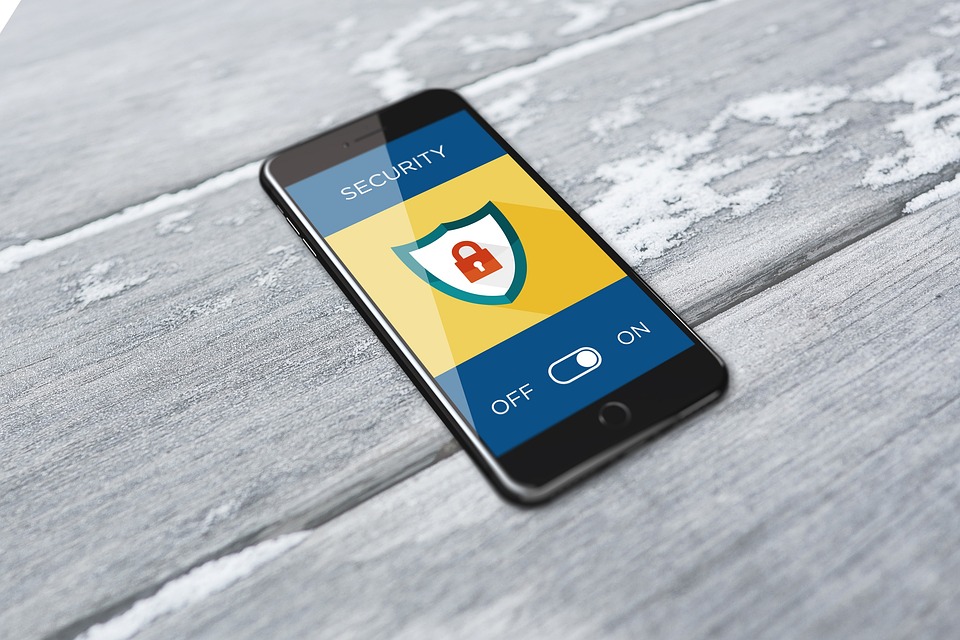
Image Source: https://cdn.pixabay.com/photo/2018/03/21/15/04/regulation-3246979_960_720.jpg
With the increasing demand for mobile apps, there’s no doubt that more and more companies and developers strive to launch various apps yearly. Unfortunately, while mobile apps offer convenience to users, some are concerned about their security.
These days, mobile apps are still the primary target for malicious activities. Many apps have become more vulnerable to potential cyber threats. In fact, the majority of attacks have been directed at widely used apps, which link with personal information, perform financial transactions, and upload sensitive data.
Fortunately, there are ways to prevent such attacks and develop more secure mobile apps. As a developer, here are the tips for building a secure mobile app:
- Implement A Cybersecurity Team
Cybersecurity must be part of the mobile development process from the very beginning. Every change or stage must incorporate security.
For example, when there are major revisions or a change is made, consult your cybersecurity team. This way, they’ll know how to account for problems that may arise in the future. To know more information about how cybersecurity can make a difference when developing a mobile app, see it here and check out other helpful resources online.
- Use A Code Signing Certificate
To ensure that your mobile app reaches its intended users without being tampered with by cyber criminals, you should use a code signing certificate. Operating systems, including Android and Apple, have emphasized code-signing certificates.
A code signing certificate for iOS or Android app development allows app users to establish the code’s source and authenticity and help users know that the app is genuine. It’ll shrink-wrap an app and make it challenging for it to be edited maliciously. Like some digital certificates, the code signing certificate gives users confidence and trust when using your mobile app.
- Implement High-Level Authentication
Security breaches often occur due to a lack of high-level authentication. Developers must design the apps to only accept a strong alphanumeric password. Aside from that, it’s better to make it mandatory for users to change passwords periodically.
For a susceptible app, you can strengthen your mobile app’s security using biometric authentication methods such as retina scans and fingerprints. Encouraging users to ensure authentication is recommended to prevent possible security breaches.
- Encrypt Source Code And Data
Data transfer in mobile apps must be encrypted to avoid data theft. Such types of threats could harm your organization’s reputation. App developers must ensure their programs are secure enough to avoid reverse engineering attempts and hacking. An excellent approach to protect your mobile app from attacks is to encrypt source codes to make them unreadable.

Image Source: https://cdn.pixabay.com/photo/2017/09/19/16/00/cyber-security-2765707_960_720.jpg
- Conduct Penetration Tests
Conducting penetration testing is an essential security practice developers must undertake before releasing the app for use. It helps evaluate the app, operating system, and software vulnerabilities. Developers may either use manual or automated techniques to discover loopholes and analyze the app that might give attackers direct entry to the app.
From mobile app penetration testing, the flaws happening in the app will be eliminated and discovered. The main objective of doing penetration testing is to ensure that the app has no significant defects.
During the process, developers should ensure they’ve included all app parameters, such as network communication, architecture design, misconfiguration errors, privacy, and data storage. If some issues emerge, the developers should address them promptly before making the app available for download.
- Understand The Platform-Specific Limitations
If you’re developing various mobile operating systems, it’s vital to understand the limitations and security features of every platform to ensure stronger mobile app security. Doing so will help you code accordingly. You must also consider multiple user case scenarios, password support, geo-location data support, and encryption support for the operating system to distribute and control the app on every platform appropriately.
- Minimize Permissions
One of the best security methods is zero-trust security. It assumes nothing on networks is secure. For this reason, only the barest permissions are granted to devices or users. Your mobile app must also be designed in the same manner.
Don’t ask for permission to access the dialer, contacts, or camera if your app doesn’t need them. Also, if it doesn’t require constant connections, never program your app with one.
- Reduce Sensitive Data Storage
To protect your user’s sensitive data, developers prefer storing data in the device’s local memory. However, it’s never a good practice as it may only increase the security risk. If you don’t have other options than storing the data, use an encrypted key chain or data containers. Moreover, ensure to lessen the log by adding an auto-delete feature, which deletes data after a particular time.
Conclusion
Developers and companies must prioritize mobile app security with today’s increasing risk of malicious attacks. If you’re planning to develop a mobile app in the future, the above tips will help you ensure that your app is safe and secure for your customers.


